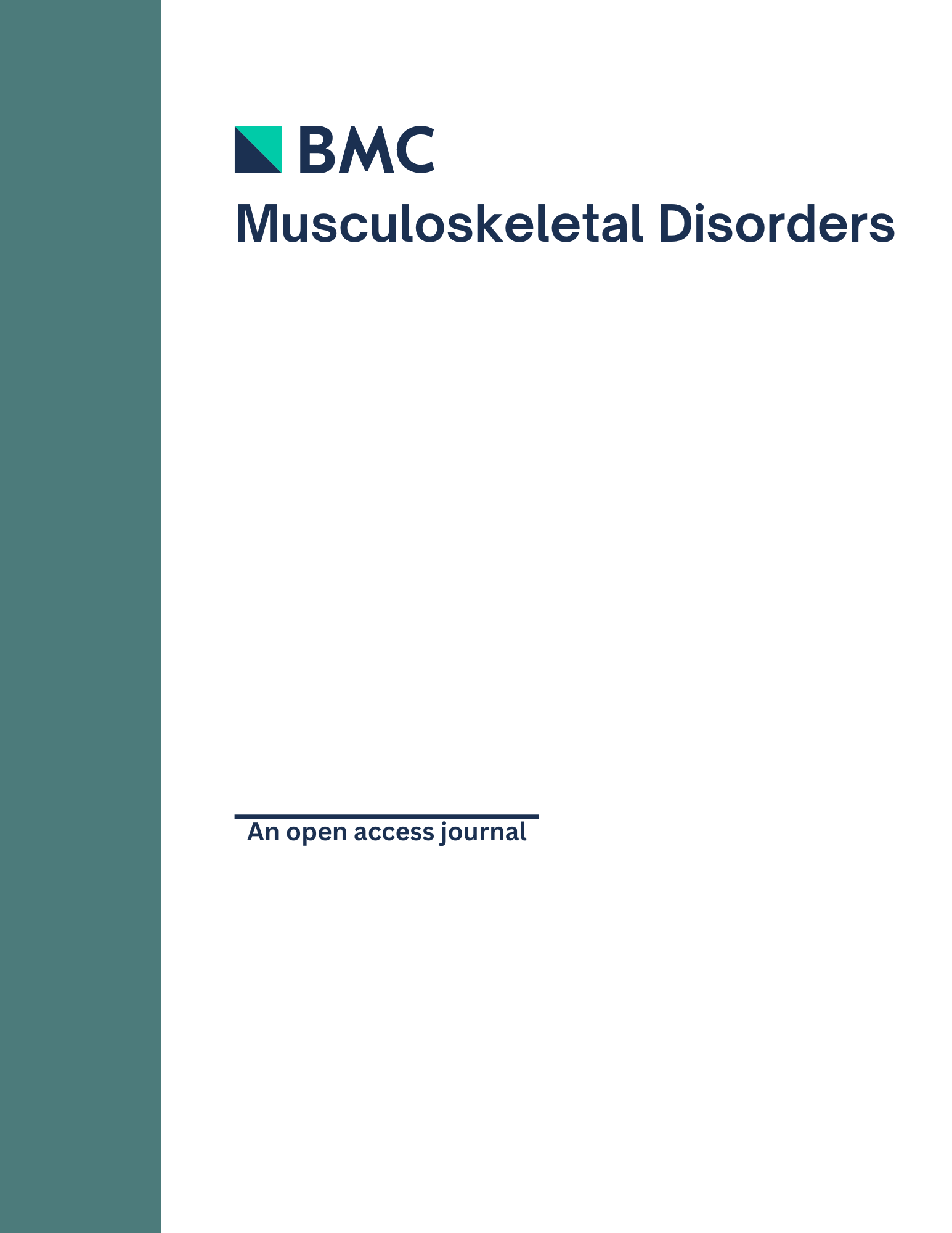
Increased surgery time and blood loss volume related with minimally invasive midvastus TKA

Increased surgery time and blood loss volume related with minimally invasive midvastus TKA
Computer-assisted total knee arthroplasty using mini midvastus or medial parapatellar approach technique : A prospective, randomized, international multicentre trial
BMC Musculoskelet Disord. 2016 Jan 13;17(1):19.Did you know you're eligible to earn 0.5 CME credits for reading this report? Click Here
Synopsis
69 patients scheduled for total knee arthroplasty were randomized to have the surgery performed with either a minimally invasive midvastus (MIS) approach, or a conventional medial parapatellar approach, with the assistance of computer navigation. The purpose of this study was to compare pain, range of motion (ROM), duration of surgery, intra-/post-operative blood loss, and other clinical outcomes between the two approaches over a total of 6-month follow-up. Results demonstrated that the MIS technique was associated with significantly higher pain at postoperative week 2, longer duration of surgery, and blood lost during the first 24 postoperative hours. All other outcome scores were comparable between study groups.
Was the allocation sequence adequately generated?
Was allocation adequately concealed?
Blinding Treatment Providers: Was knowledge of the allocated interventions adequately prevented?
Blinding Outcome Assessors: Was knowledge of the allocated interventions adequately prevented?
Blinding Patients: Was knowledge of the allocated interventions adequately prevented?
Was loss to follow-up (missing outcome data) infrequent?
Are reports of the study free of suggestion of selective outcome reporting?
Were outcomes objective, patient-important and assessed in a manner to limit bias (ie. duplicate assessors, Independent assessors)?
Was the sample size sufficiently large to assure a balance of prognosis and sufficiently large number of outcome events?
Was investigator expertise/experience with both treatment and control techniques likely the same (ie.were criteria for surgeon participation/expertise provided)?
Yes = 1
Uncertain = 0.5
Not Relevant = 0
No = 0
The Reporting Criteria Assessment evaluates the transparency with which authors report the methodological and trial characteristics of the trial within the publication. The assessment is divided into five categories which are presented below.
3/4
Randomization
3/4
Outcome Measurements
4/4
Inclusion / Exclusion
4/4
Therapy Description
3/4
Statistics
Detsky AS, Naylor CD, O'Rourke K, McGeer AJ, L'Abbé KA. J Clin Epidemiol. 1992;45:255-65
The Fragility Index is a tool that aids in the interpretation of significant findings, providing a measure of strength for a result. The Fragility Index represents the number of consecutive events that need to be added to a dichotomous outcome to make the finding no longer significant. A small number represents a weaker finding and a large number represents a stronger finding.
Why was this study needed now?
To avoid certain disadvantages that are associated with the conventional medial parapatellar approach in total knee arthroplasty, minimally invasive techniques (MIS) have been suggested to minimize local tissue disruption, neurovascular tissue, and potential dislocation of the patella. These complications of surgical trauma may manifest negatively in clinical outcome and increase length of hospitalization. However, the current body of evidence investigating the benefits of computer- assisted MIS TKA are inconclusive due to conflicting reports of efficacy, thus warranting the present study.
What was the principal research question?
In patients scheduled for total knee arthroplasty, did a computer-assisted, minimally invasive midvastus technique result in significant advantages when compared to standard medial parapatellar approach, with respect pain, range of motion, duration of surgery, blood-loss, and other clinical outcomes over 6-month follow-up?
What were the important findings?
- Pain scores between study groups were significantly different (p=0.003); post-hoc comparison of between groups differences revealed a 1.20 point difference in favor of patients in the conventional group (p=0.01) at postoperative week two. At all other follow-up points, there were no significant between-group differences recorded.
- Range of motion (ROM) measurements were comparable between study groups, as there were no significant differences recorded at any follow-up point (p=0.12).
- Surgery time was observed to be significantly longer for patients in the MIS group when compared to the conventional group (approximately 30.97 minutes longer, p<0.001). Although intra-operative blood loss measurements were comparable between study groups, first 24-hour blood loss was significantly higher for patients in the MIS group (approximately 315.02 mL more, p=0.002).
- Measurements recorded for the chair-rise test, quadriceps strength, and anterior knee pain (scored with either a “yes” or “no”) were comparable between study groups at all follow-up points.
- WOMAC and KSS scores were additionally comparable between study groups at all follow-up points.
What should I remember most?
When comparing a minimally invasive midvastus (MIS) technique to the conventional medial parapatellar approach for total knee arthroplasty, the MIS technique was associated with significantly higher pain scores at postoperative week 2, in addition to significantly increased surgery duration and first 24-hour blood loss.
How will this affect the care of my patients?
The results of this study demonstrate that a computer-assisted minimally invasive midvastus (MIS) technique for total knee arthroplasty had no significant advantages when compared to conventional technique. Future randomized controlled trials with larger patient populations should be conducted in order to replicate and substantiate these findings.
Learn about our AI Driven
High Impact Search Feature
Our AI driven High Impact metric calculates the impact an article will have by considering both the publishing journal and the content of the article itself. Built using the latest advances in natural language processing, OE High Impact predicts an article’s future number of citations better than impact factor alone.
Continue



 LOGIN
LOGIN

Join the Conversation
Please Login or Join to leave comments.